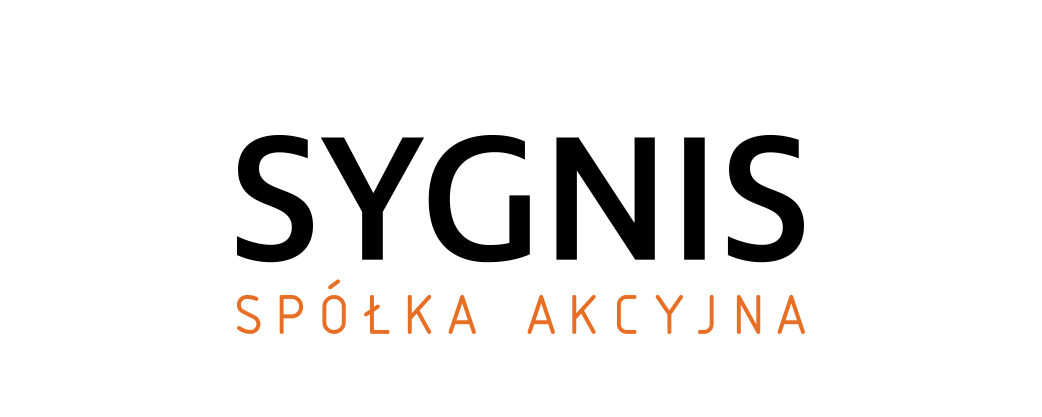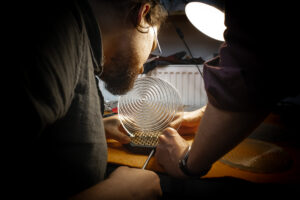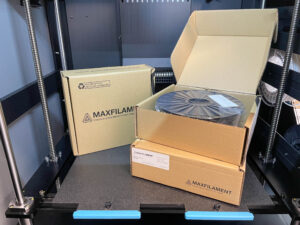In 2020, in less than two months we created a project that redefines one of the most recognizable symbols of the pandemic – the swab. The global demand for the product and issues regarding the disrupted supply chains were the starting point for rethinking the design and manufacturing process of swabs. In terms of technology, we were inspired by 3D printing, and in terms of design… by nature.
Multilayered crisis
CRN_01 “Hummingbird” swabs were developed in response to the logistical crisis at the onset of the COVID-19 pandemic and medical supply shortages reported directly to us by public health agencies and medical facilities. Consultations during successive iterations of our swab design involved medical professionals and specialists whose expertise helped shape the final form of the swab.

The whole world learned about the development of the pandemic from the mass tests. Swabs were therefore a necessity item, and the simplification of their production a real opportunity to support health care.
The aim was to simplify the manufacturing process of swabs. Nowadays, they are manufactured in two stages: injection molded and then flocked. In order to obtain the right parameters, specific flocks are needed, and thus also proper machines for their application. The CRN_01 has a one-step production process – only injection molding.
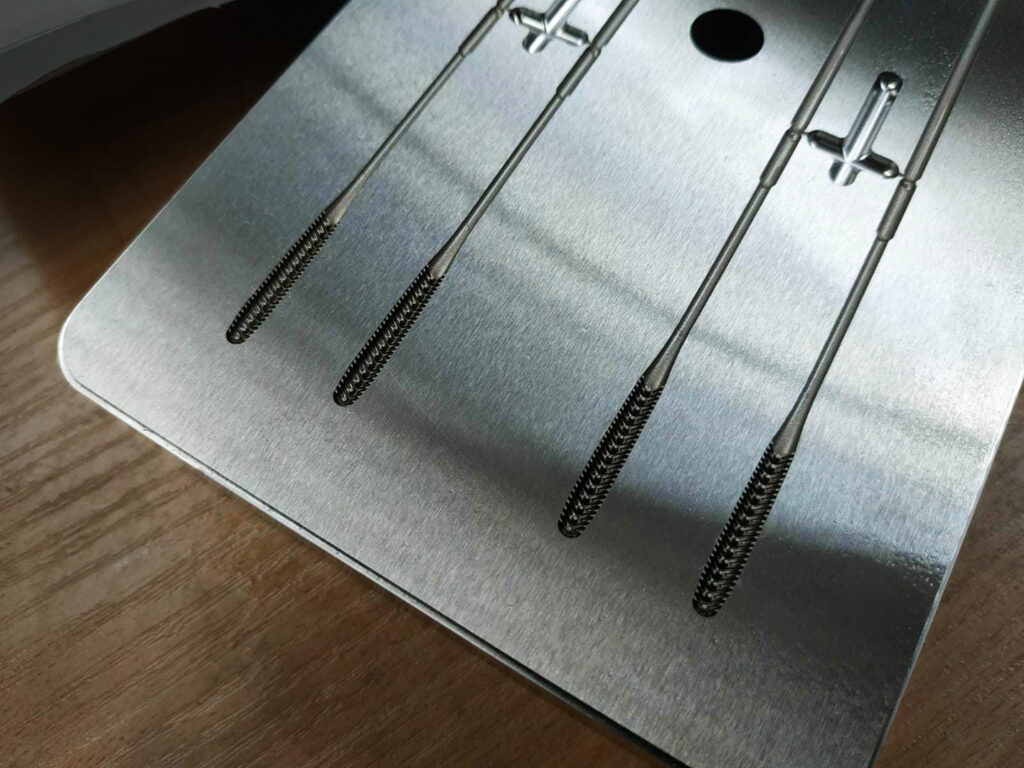
100 ideas per second
In the spirit of biomimetics, the form of the swab was inspired by the hummingbird’s tongue, adjusted to collecting nectar from flowers. The designed grooves and cavities allow for collection and deposition of large amounts of sample material, thus ensuring testing efficiency. Moreover, due to the lack of flocks, CRN_01 swabs “give back” for testing more of the collected sample than regular swabs.
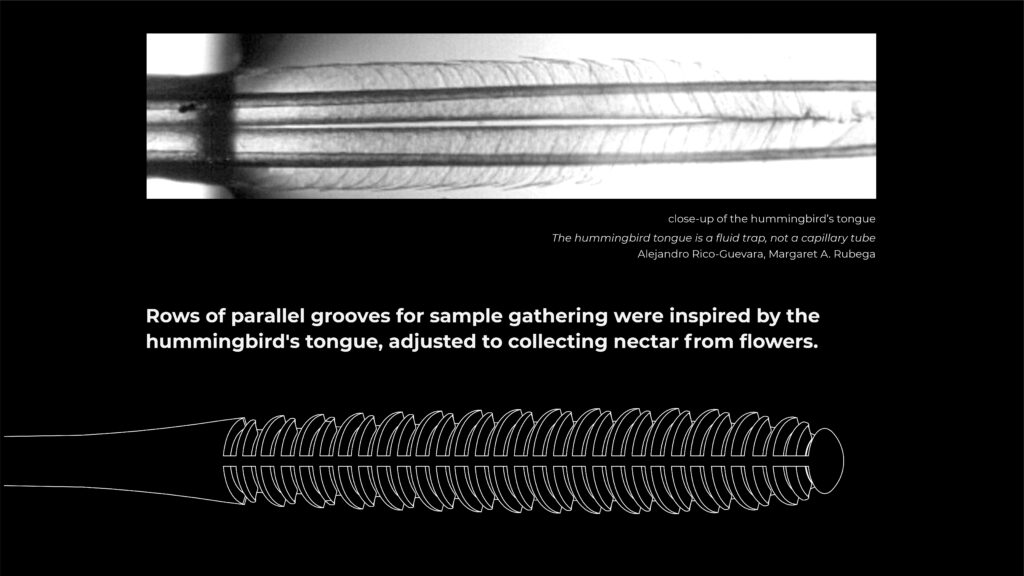
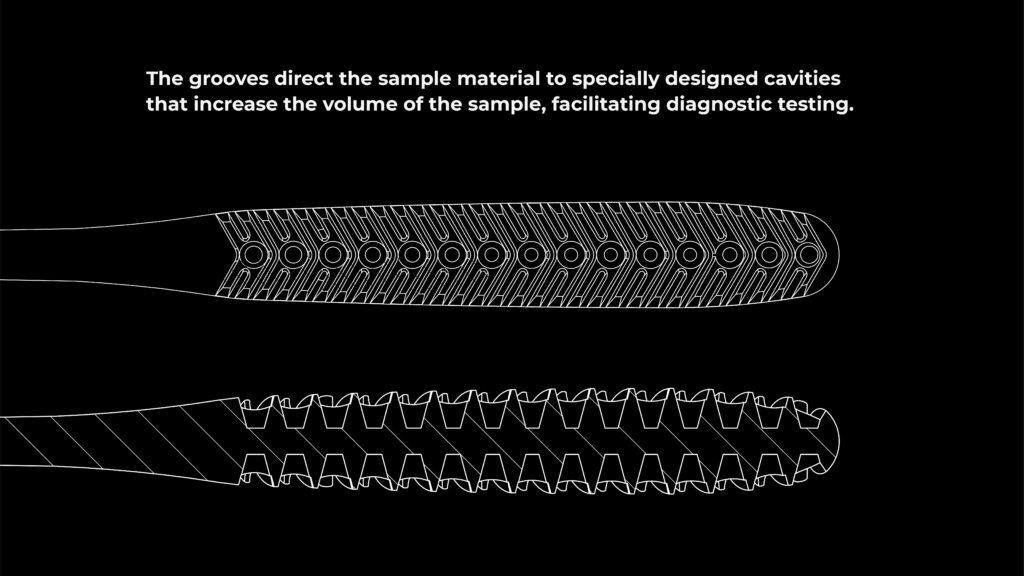
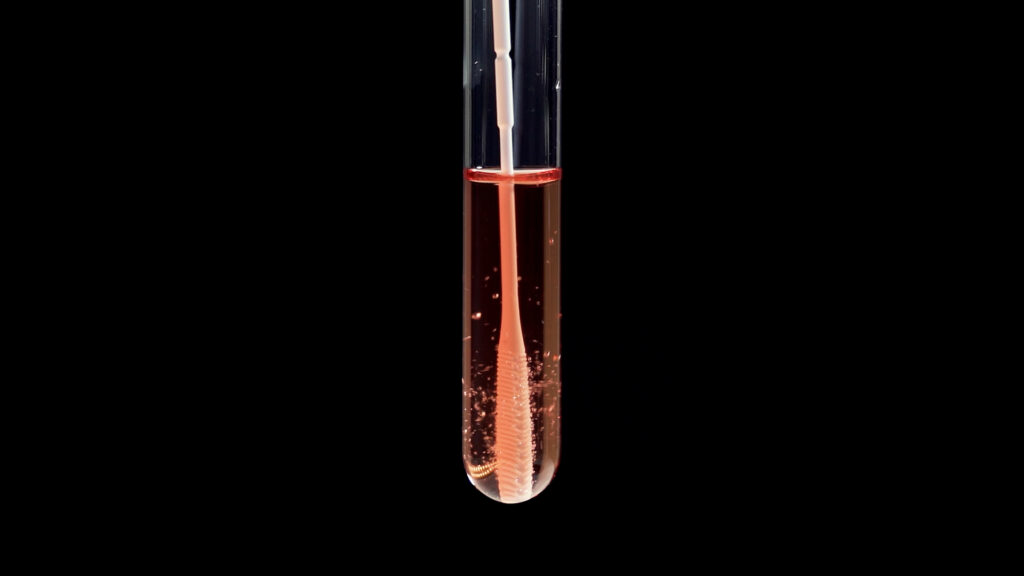
The first prototypes of the swabs were made from polyurethane resin on a FlashForge Hunter 3D printer working in DLP technology. Subsequent iterations, meanwhile, were made on DWS Systems’ 3D printers from medical-grade resins using SLA technology.
The project passed diagnosticians’ verification and the first injection mold and production series were already made. According to the author of the project, Chief Design Officer at Sygnis SA, Maciej Głowacki: “Years of experience with R&D projects, advanced 3D printing, and injection mold realizations allowed me to create a project in the spirit of ‘rapid prototyping’. Taking the idea from concept to the first injection molding series took less than two months, of which more than a week was taken up by the process of intricate EDM of the four-cavity mold.”
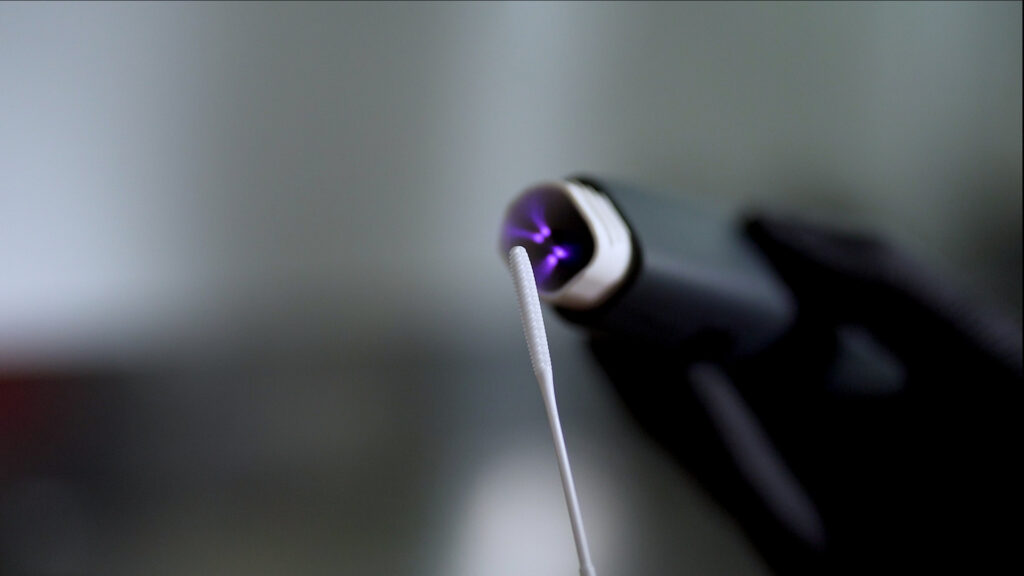
CRN_01 “Hummingbird” project won second place in the prestigious international MakeMe competition.
The presenter of the award, Dr Tomasz Rygalik, commented on the project as follows:
“The pandemic has also contributed significantly to the worsening climate crisis. Plenty of disposable hygienic and medical equipment and supplies ended up in landfills. The swab project directly addresses this problem. The standard ones available on the market are produced in two stages and are made of two material groups, inextricably linked with each other. Here, inspired by nature, an object has been created consisting of one part, with a simplified one-step production process – faster and cheaper, which carries the same very important diagnostic function. At the same time, it meets all the expectations placed before this type of project.”
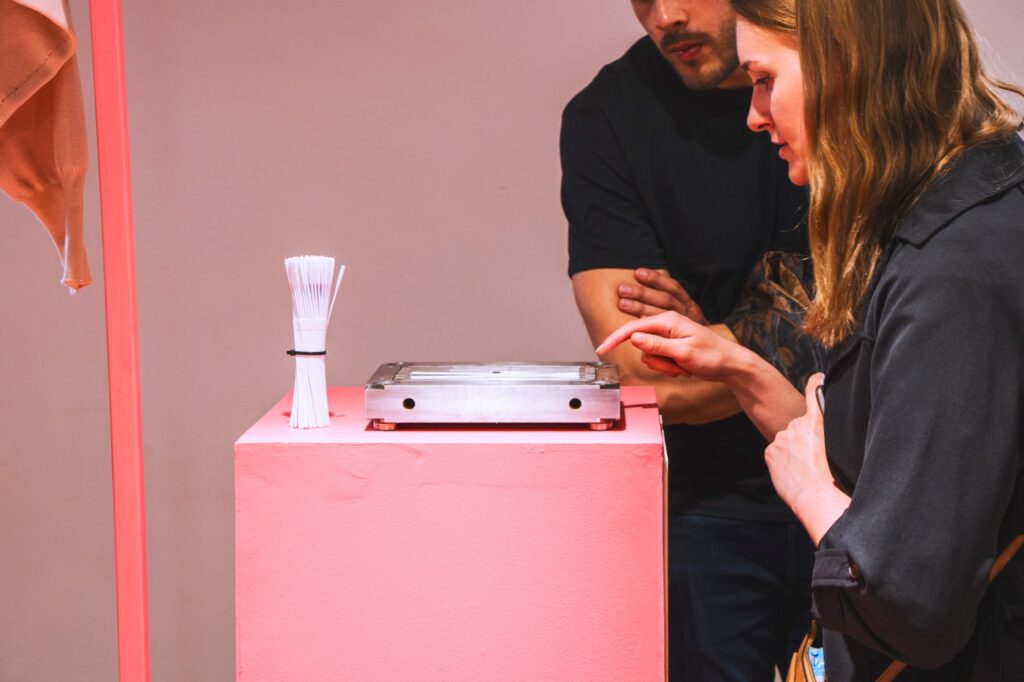
More about MakeMe competition:

